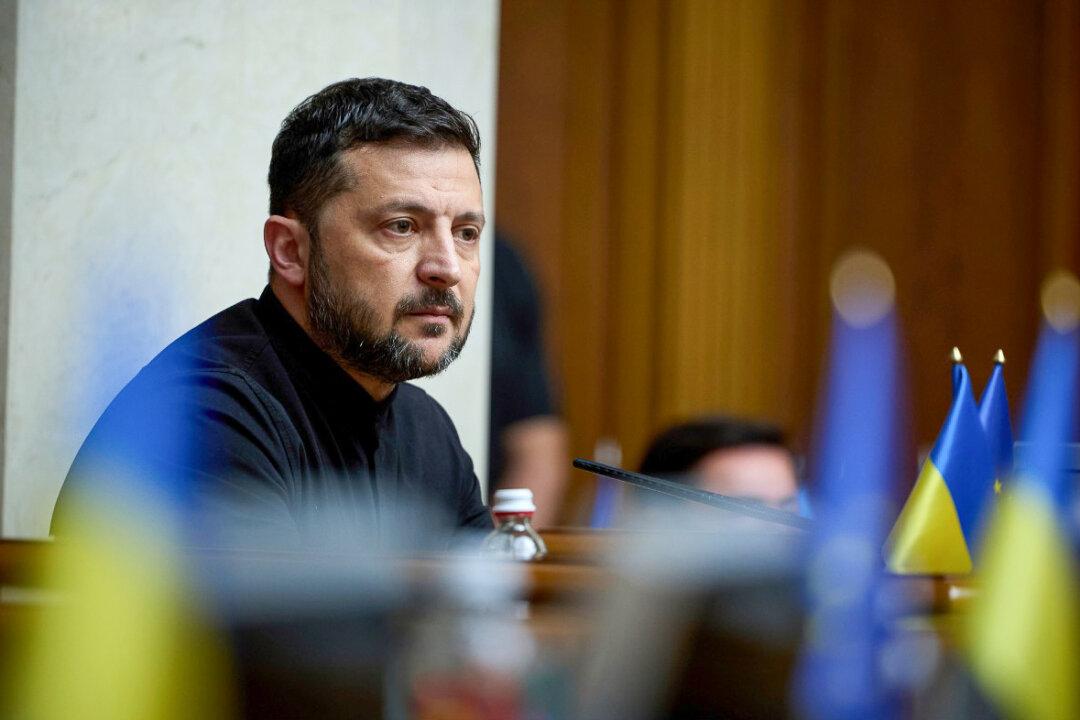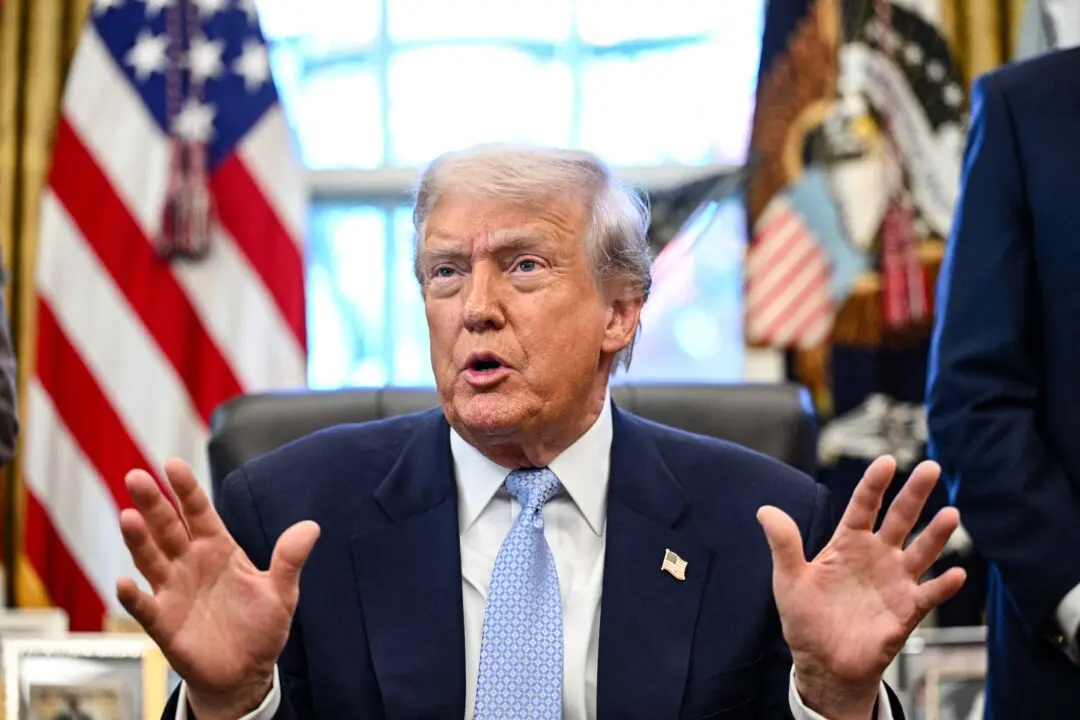French Prime Minister Edouard Philippe has announced plans to punish people who hold unauthorized protests after weeks of anti-government unrest, including acts of violence.
Philippe made the comments on TF1 television after rioters in Paris’s upscale Boulevard Saint-Germain torched motorbikes and set barricades ablaze on Jan. 5.





